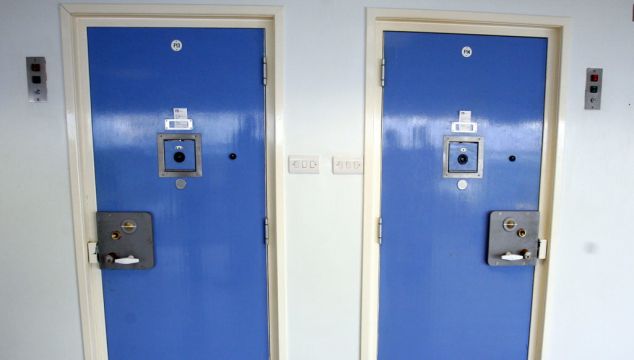The number of former prisoners who re-offend within one year of release from prison has fallen from 48 per cent in 2018 to 45 per cent in 2019, latest figures show.
Re-offending rates have fallen over time for prisoners who have been released from custody for either three years or one year.
The figures were published by the Central Statistics Office (CSO) for its most recent estimates of prison re-offending.
It shows that individuals released in 2019 from custodial sentences lasting between three and six months had the highest likelihood of re-offending within a year, with those serving sentences greater than one year least likely to reoffend.
Re-offending rates within one year of release from prison have fallen from 48% in 2018 to 45% in 2019https://t.co/4gLRc4ZZZI #CSOIreland #Ireland #Crime #RecordedCrime #CrimeStatistics #CrimeStats pic.twitter.com/Fn28Oh6RDo
Advertisement— Central Statistics Office Ireland (@CSOIreland) June 21, 2022
Prisoners released from custodial sentences in 2019 that related to burglary or public order offences were the most likely to re-offend within a year of release, while individuals released from offences related to homicide were least likely to re-offend within a year.
More than six in ten of prisoners released from custody in 2016 re-offended within three years, with 78 per cent of these committing their first re-offence within a year of release.
The figures also reveal that younger adults released from custodial sentences continue to have a much stronger tendency to re-offend.
Some 83 per cent of under 21s were linked to re-offending incidents within three years of release compared to 30 per cent of those aged over 50.
Although men made up the majority of prison releases in 2016, women remain more likely to re-offend than men within the three years following their release.
Felix Coleman, statistician in the crime and criminal justice division, said: "Prison re-offending estimates are calculated using data provided by the Irish Prisons Service and An Garda Siochana’s Pulse reporting system.
"In addition to updates of three-year and one-year re-offending rates and tables from 2018, this publication also introduces statistics showing the geographical breakdown of prison re-offending in Ireland.
"In 2016, 62 per cent of individuals released from custody were linked to a re-offending incident within three years of their release.
"The data also indicates that younger age groups of individuals released from custodial sentences are much more likely to re-offend, with more than four-fifths of individuals aged less than 21 at the time of sentencing re-offending within three years of release.
"In contrast, just under 30% of prisoners who were over 50 years old re-offended within three years of release."
Just less than 45 per cent of people released in 2019 re-offended within one year of release, compared to just over 54 per cent of individuals released in 2011 who re-offended within one year of release.
"The one year estimate of custodial re-offending for 2019 also shows a drop of three percentage points when compared with the same measure for re-offending for 2018 (just under 48 per cent)," Mr Coleman added.
"There is also a difference in re-offending rates between men and women depending on what they received in court, either custodial or fine sentences.
"In contrast, when looking at 2019 one-year fine sentence re-offending rates, men were more likely to re-offend than females."







